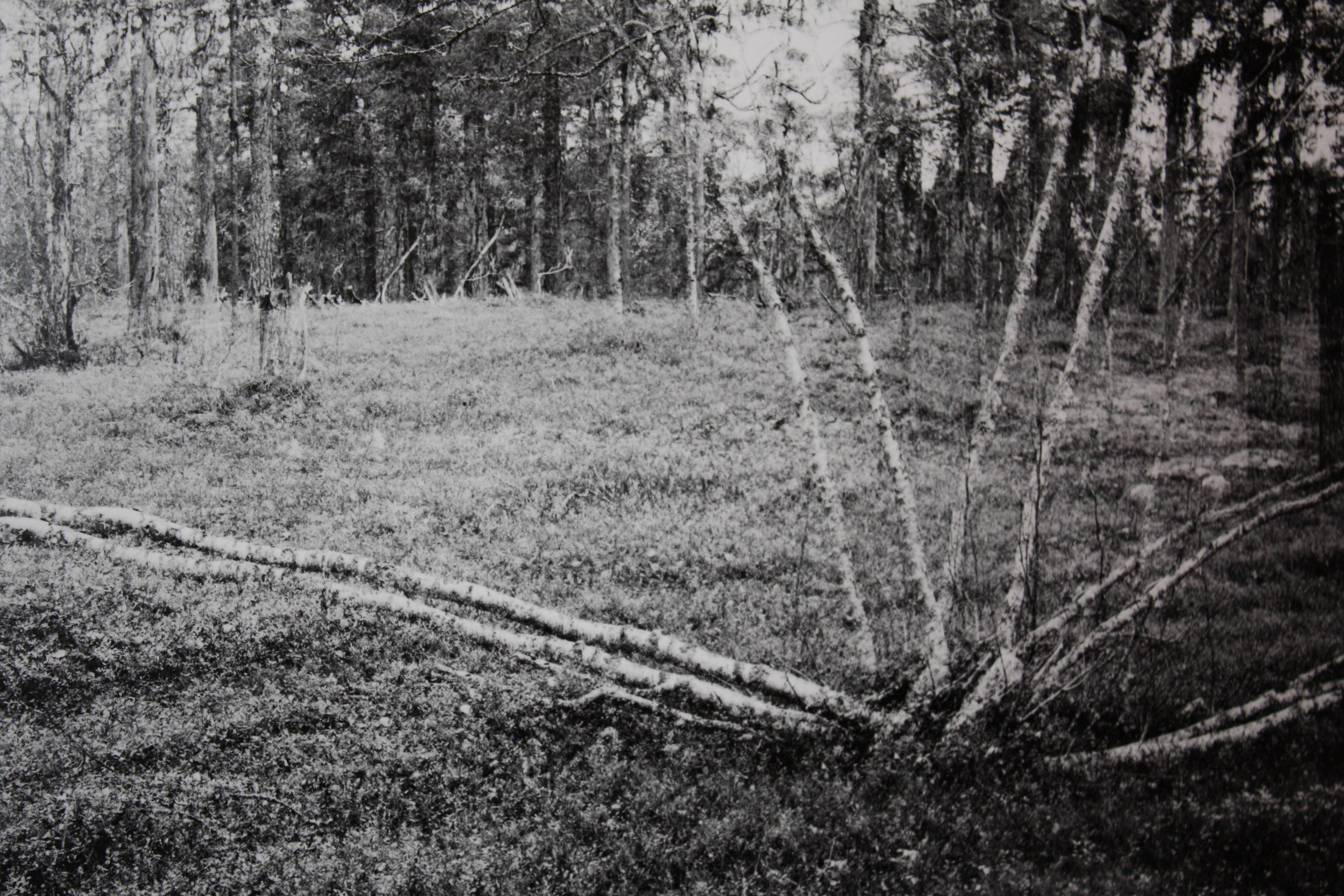An alternate world
Imagine standing in the middle of a vast forest. It's quiet, endless, andpeaceful. And it's probably a little frightening, too. Not to mention beautiful. American photographer Lydia Anne McCarthy has captured the mysterious forests of Tjeggelvas in northern Sweden, and her images can be seen at Scandinavia House until July 28.
-
 A split birch tree. Photo by Lydia Anne McCarthy.
A split birch tree. Photo by Lydia Anne McCarthy. -
-
Lydia Anne McCarthy was a graduate student of photography, when she came across an on-line article written by Lars Östlund, a forestry historian, that captured her interest.
“Lars wrote about researching trees that the Sami had used hundreds of years ago for food,” she explains. “He looked at the knowledge the Sami had of trees as something we could use for the future. I was immediately captivated.”
She wrote Östlund and asked him if she could accompany him on one of his tours of the forests. She thought a visit there could be used as a catalyst for a photographic project. Thanks to a grant from the American-Scandinavian Foundation, however, Lydia got to do more than visit Tjeggelvas Nature Reserve in Arjeplog: She spent an entire year living in Umeå.
“With Lars and several field assistants I made a couple of trips to Tjeggelvas. It was an area not easily accessed; we had to go there by helicopter. And I wasn’t used to hiking in that kind of terrain – boulders, mires, rolling hills. I’d never been in a forest like that. I thought it was beautiful, really beautiful.”
Initially walking with Lars and his assistants, Lydia, equipped with her camera and photographic paraphernalia as well as with a GPS, soon took off on her own.
“I’d see moose and lemmings, but no birds. Few people ever go to this area.”
The Samis were forced to abandon their practice of bark-peeling when Sweden was Christianized several hundreds of years ago, but the trees from which they peeled the bark (which they ate raw, dried, or ground into a flour) are still there, very much alive. Lydia likens the peeled areas on them to “wounds”, beautiful scars.
“I’d see settlements left from the Sami, and Lars would point out specific boulders they had thought of as entrances to another world.”
“And you felt that too?”
“Yes, I did. There was a mix of fear and awe, like an access to an alternate world. It felt like a sacred place, full of spirits. As if history and the present converged there.”
A birch tree split into rays, like the fingers of a splayed hand held open for a fortune teller to read, over-exposed “wounded” trees, and a photo of Lydia’s face on top of the forest – these are some of the images she has brought to the exhibition “Unnatural formations” currently on display at Scandinavia House, on view now until July 28.
Text &. Photo: Eva Stenskar
For more information: www.scandinaviahouse.org and www.lydiamccarthy.com. -
-
